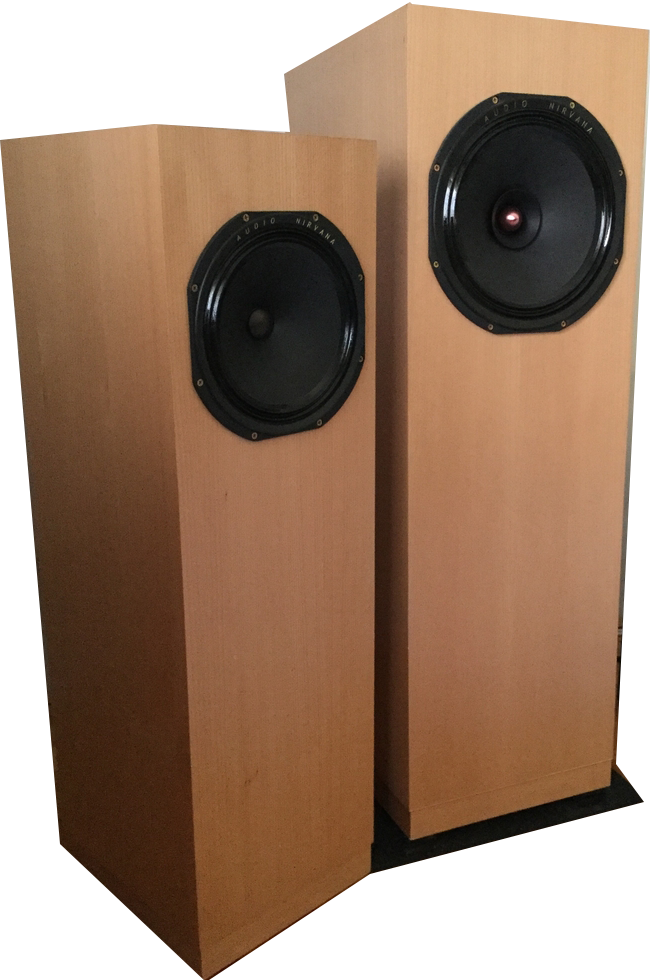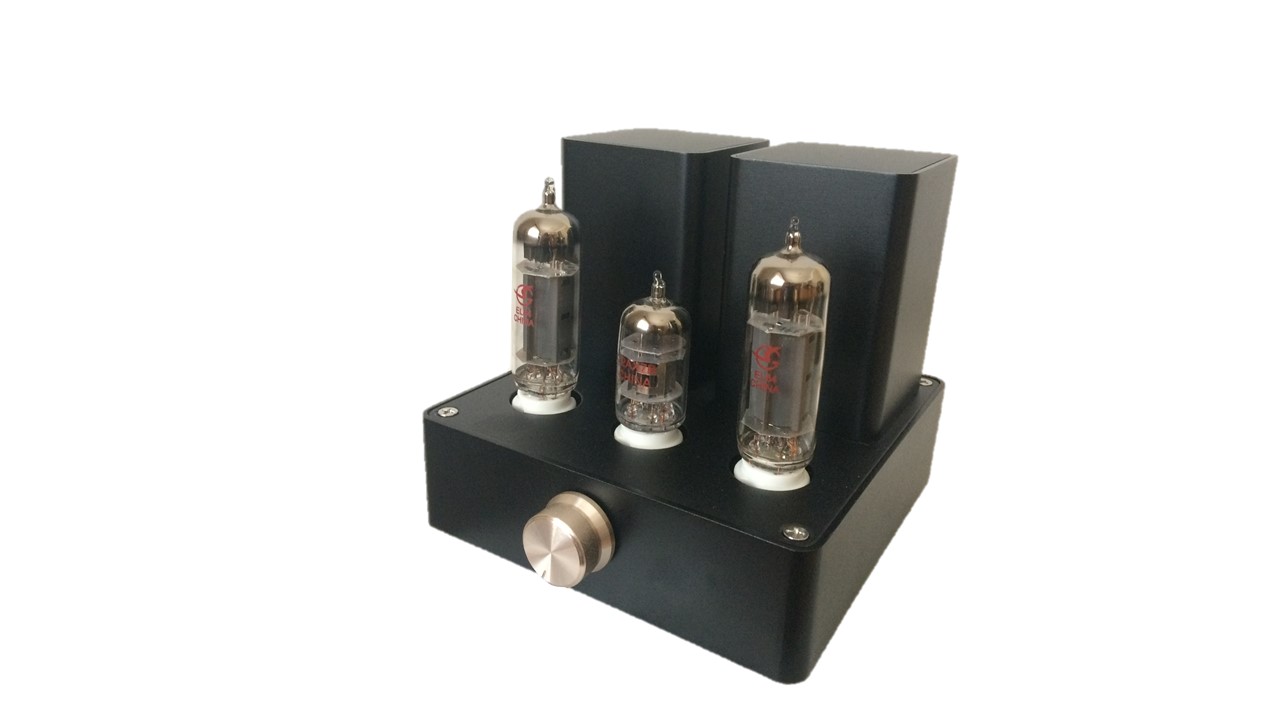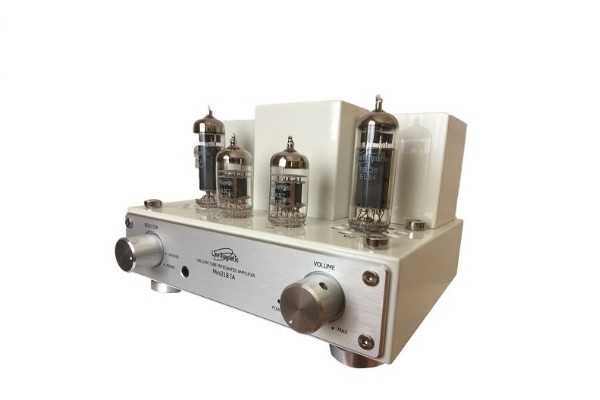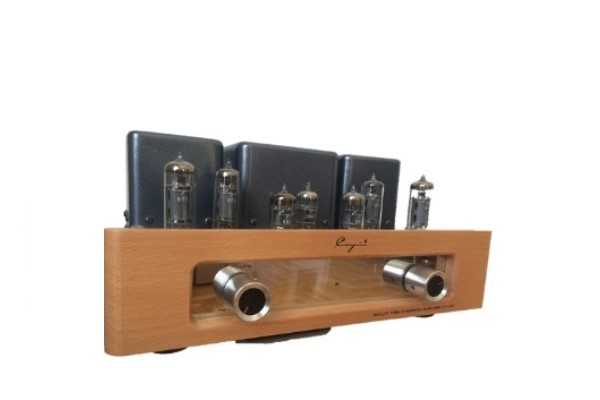Introduction
Introduction
The Theory
My hi-fi awakening took place in the mid 80’s during a university year in the UK. Those were the days of the £1000 middle-of-the-range audiophile system and best-buy budget ones could be put together for under £300. Not much later the spiralling of prices seemed to have begun, with the attention of magazines and dealers starting to focus on the high end more than seemed to be sensible or justified by market demand. As a still relatively young and not so affluent audiophile I found that very frustrating indeed.
As I gathered listening experience I learned what was the kind of sound that I enjoyed the most and what types of equipment – what “school of thought” within the world of audiophile gear – that was usually associated with.
So, with the above experiences, when I decided to turn my hobby into a little business, I thought: how better to serve the music-loving public than by putting together systems that would provide THAT sound character for the smallest possible outlay. The small line-up of equipment on offer was selected with this in mind.
The Implementation
The sound of my choice is the life-size, unconstrained, dynamic, transparent, detailed yet naturally smooth presentation typically afforded by high-efficiency loudspeakers driven by simple, low-powered valve (tube) amplifiers.
Taking simplicity a step further, the ‘speakers in question are single driver full range designs, where the lack of a cross-over circuit means that the ‘speaker is coupled more directly to the amplifier output. There is nothing to soak up the few watts of sweet valve power before they get to the large, paper pulp diaphragm of the highly efficient drive unit.
Full range drivers are not easy to do well but because they are a single point source their streo imaging is inherently excellent and there is no crossover point in the midrange where our hearing is the most sensitive and fussy.
A rarity in full range drivers are sizes that are large enough not to require huge and hugely complex horn loaded or transmission line cabinets for full, powerful bass. The Audio Nirvana drivers in our speakers are 25 and 30 cm in diameter and provide very satisfying bass in simple – albeit admittedly not small – bass reflex boxes.
Costs are kept as low as possible by sourcing the electronics from China, mainly from manufacturers who have a track record of western distribution, quality and reliability. As for the speakers, Audio Nirvana, a US company, only supply drive units, not complete speaker systems. They do provide cabinet plans though and the boxes are built locally according to those plans, with some bass reflex tuning modifications.







